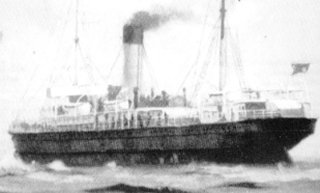We have written before of the great Ulster Presbyterian migrations from here to America during the eighteenth century. Few Catholics crossed the Atlantic then. Even if they possessed the inclination and the ingenuity to get to America, few Catholic Irish had the means. Indeed, before the American Revolution (until about 1780) Catholic immigration was officially forbidden in the Americas.
Notwithstanding all this, some Catholic emigration did take place. As a result of the trade between the American colonies and such southern ports as Cork and Kinsale, Catholic Irish managed to settle in the new colonies, particularly in Virginia and Maryland where such names as “New Ireland” and “New Munster” appear.
The most substantial Irish connection at this period, however, was with the West Indies. In the seventeenth century, in the aftermath of the Cromwellian wars, substantial numbers of the most destitute were shipped as slaves to “the Barbados“, and relatively large numbers of voluntary emigrants are also recorded in Jamaica, the Leeward Islands, Monserrat and Barbados.
As the slave-based economy of these areas grew however, opportunities for poor white settlers diminished, and during the 1700s most of the Irish Catholics moved from the West Indies to the mainland colonies. Another route for emigrants at this period was to Newfoundland, which maintained strong ties with Waterford and Wexford.
… Montgomery & Hamilton …
